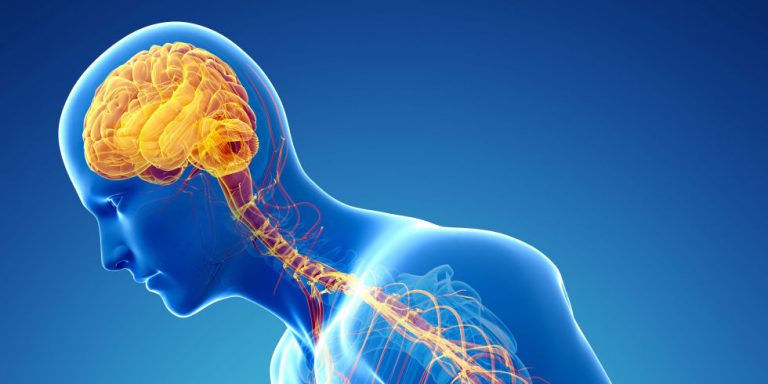
Neuroderm Ltd (NASDAQ:NDRM) just announced the kicking off of a pivotal trial in its lead Parkinson’s disease (PD) candidate, and the company has taken a bit of a dive on the news. Parkinson’s is notoriously difficult to go after in the biotech space, and very few pivotal trials come out in favor of the drugs they are studying. Neuroderm’s candidate has performed well in trials to date, however, and if it can carry its performance through to the phase III, it’s got a good chance of hitting commercialization. Ahead of completion and topline, therefore, let’s take a look at the drug in an attempt to figure out what its chances of success are, and what an approval might mean for Neuroderm.
So, the drug. It’s called ND0612L, and it’s targeting moderate PD – i.e. patients that who can no longer effectively control their motor complications with the current SOC in the space, oral levodopa. It’s a continuous dosing product, available in two administration types – patch pump and belt pump.
Levodopa is pretty much the only widely used drug right now, and it is designed to help replenish the dopamine levels in PD patients, which as a result of the disease, are low, causing the motor difficulties and other symptoms. However, as the condition progresses, the single dose administration isn’t effective enough, and patients can find themselves having longer and more severe OFF periods, during which the symptoms are almost impossible to control and can be debilitating.
ND0612L is designed to continuously dose a patient so that he or she can receive a steady, full time dose, and in turn, control their symptoms much more effectively. The drug is a combination of carbidopa and levodopa. Carbidopa is designed to inhibit the natural metabolism of levodopa, so as to increase the levels that become active in controlling symptoms. It also helps with the nausea side effect that is associated with levodopa.
It’s a pretty simple concept, but might be a great solution for patients that find standard administration ineffective. So how has it performed so far?
The company completed a phase II trial back in 2014, looking at safety and efficacy in patients with motor complications. It was placebo controlled and double blinded, with the goal of showing that this type of administration could improve motor function in a group of 30 patients compared to placebo. It was primarily a safety trial, so tolerability was the primary endpoint. Secondary, and more interesting, was the fluctuations in plasma levodopa across the dosing period. The assumption is that a reduction in fluctuations would result in a reduction in OFF time.
The trial showed that the patients that received continuous, subcutaneous doses of the active drug exhibited stat sig reduction in fluctuations of plasma levodopa concentrations compared to patients receiving placebo. Further, those in the active arm exhibited a corresponding in-clinic two-hour reduction over placebo in OFF time, and a host of other quality of life benefits including better sleep, no increase in dyskensia, etc. In simple terms, the drug performed very well.
So what are we looking for from the pivotal?
This one’s an efficacy study, with an endpoint of the change from Baseline to Week 16 in the mean percentage of OFF time during waking hours, based on patient’s home diary assessments. It’s targeting a 150 patient enrollment, and they will be split down the middle and double blinded to receive either a continuous placebo or continuous levodopa/carbidopa infusion.
We’re basing the endpoint on the data from the phase II, so we would like to see a minimum of two hours’ improvement from baseline. The trial is looking at waking hour percentage, so assuming sixteen hours of waking hours, and a 50 50 split in OFF ON, this translates to a min 25% improvement.
The trial is running through to August next year, and full completion is slated for November 2017. We expect topline, therefore, before the close of 2017.




